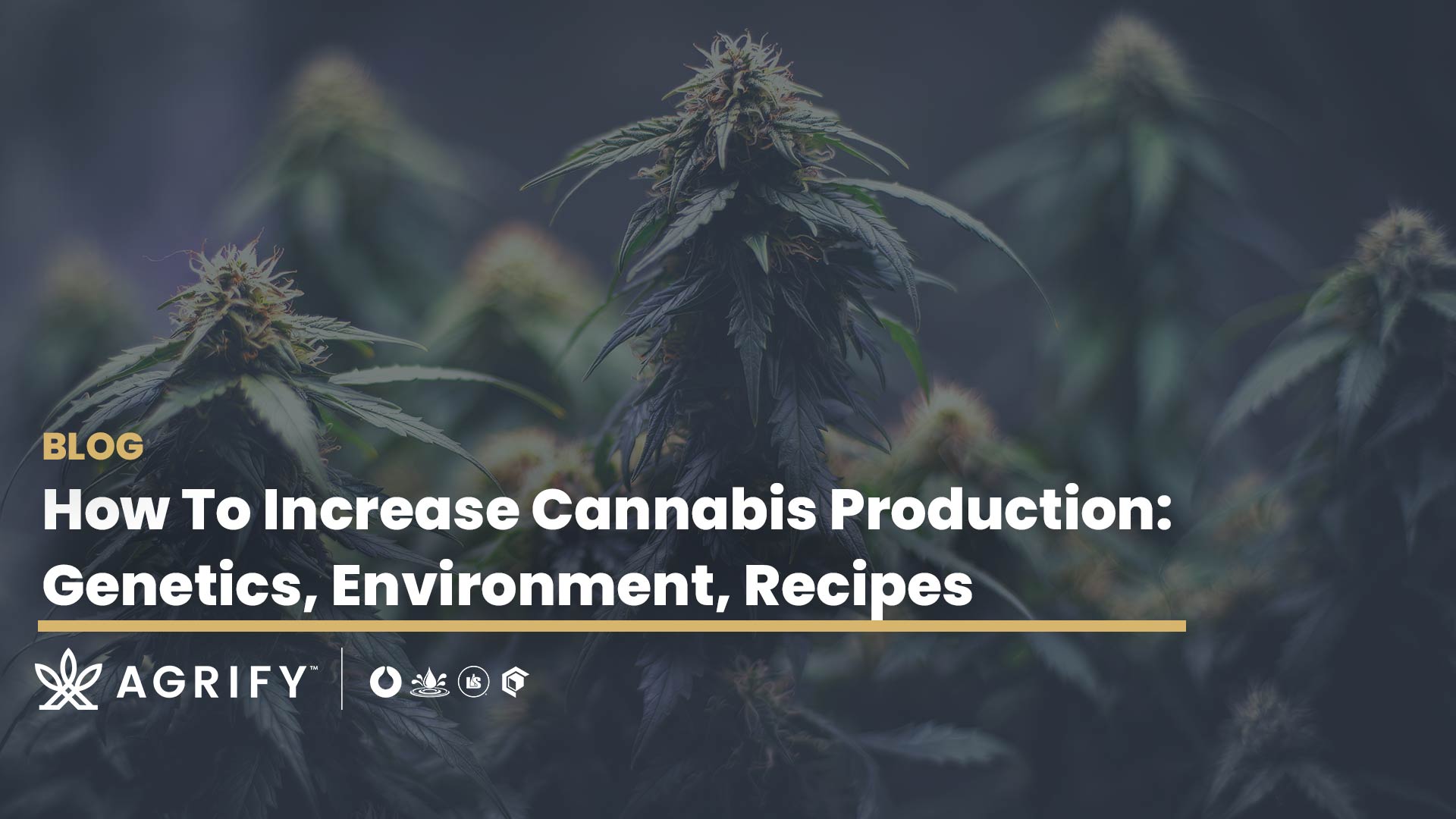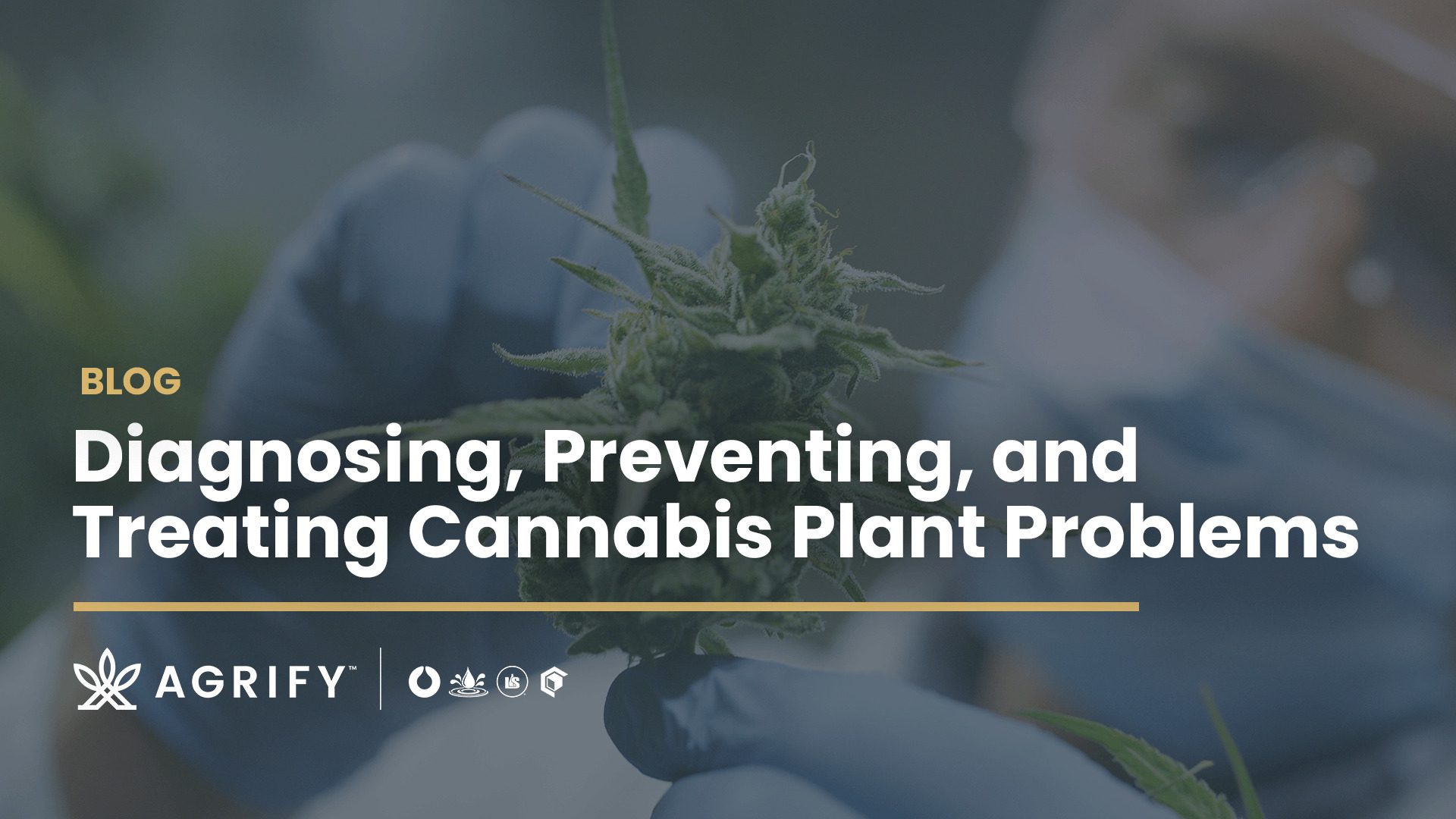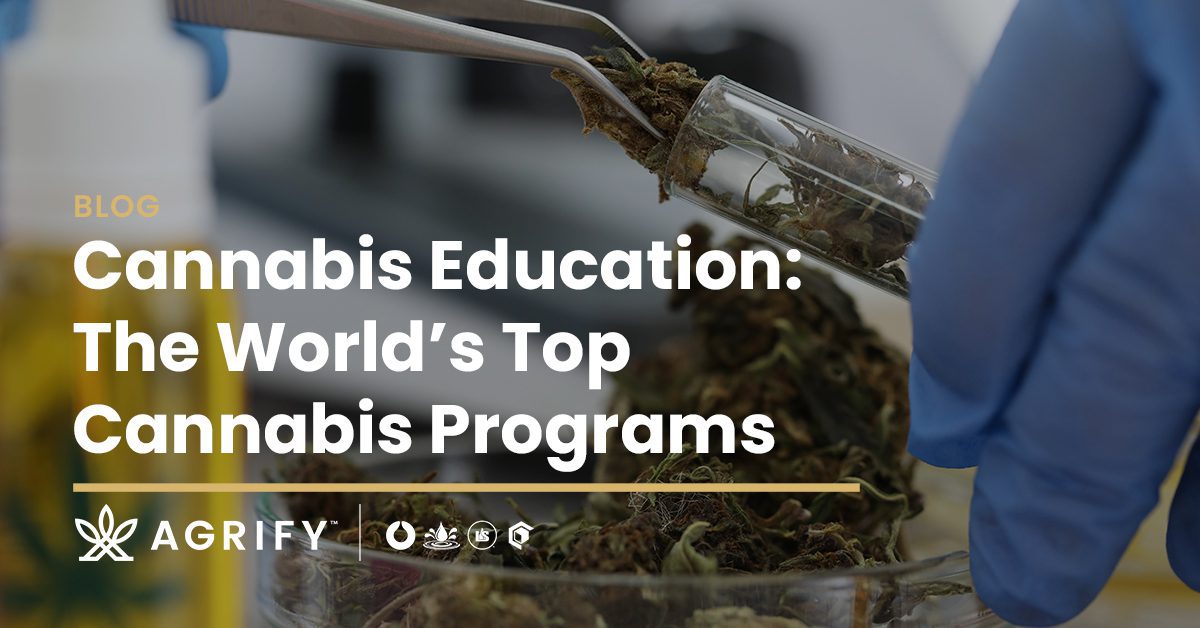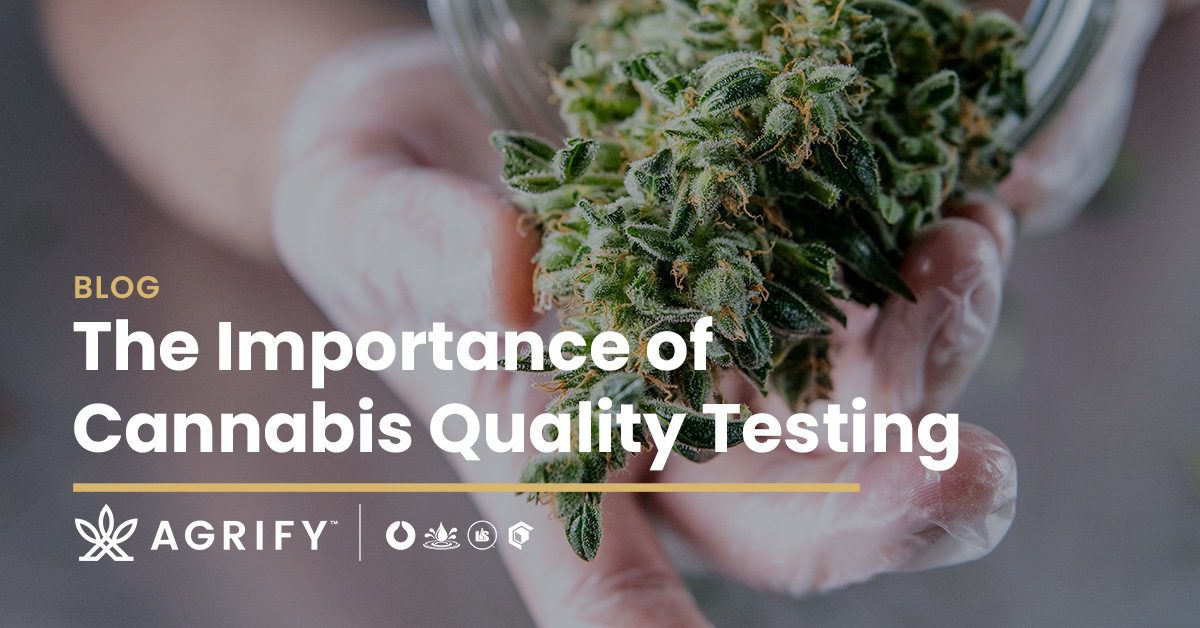In the cannabis industry, consistency is an evident problem for both suppliers and consumers. Cannabis may be a plant, but these products are also considered consumer packaged goods (CPG): Consumers expect the same experience each time they bring home the product. Brands expect their cultivators to produce consistent cannabis yields as a result. How can that be guaranteed with so many variables at play? With the right tools at a cultivator’s disposal, achieving these desirable results is in reach.
Why is consistency important in cannabis cultivation?
Cannabis is no exception to consumers’ expectations for consistency, and the fickle nature of cannabis cultivation makes this even more pressing. There are hundreds of cultivars available on the market, each one with a differing chemical profile that shapes the consumer’s experience. One small change to a crop of Bubba Kush or White Widow, and the consumer experience may be completely different than the one they had before.
This plays into brand loyalty as well. If a consumer discovers and enjoys a product, they’re likely to return time and again, just like their favorite shampoo, snack, or shoes. Any unexpected or even negative experience attributable to an inconsistent yield can turn away that customer for good. As a result, business partners look to work with cultivators who have a proven track record of stable phytocannabinoid and terpene profiles and percentages.
Which factors result in inconsistent strain yields?
Two major players have an impact on the consistency of any given cultivar or strain: genetics (including genotype and phenotype) and environment.
Genotype and phenotype
All plants, including cannabis plants, can be defined by their genotype and phenotype.
A genotype is the plant’s genetic makeup, also known as its cultivar or strain. The effect a cultivar may have on the consumer is due to its genotype. No genotype is the same; they are looked at as “siblings” rather than “identical twins.”
Cannabis strains contain phytocannabinoid chemicals such as Cannabidiol (CBD) and Tetrahydrocannabinol (THC), which are believed to interact with the mammalian endogenous cannabinoid system (ECS). Strains like Blue Dream and Purple Punch are known to be reliable, meaning their cannabinoid levels mostly stay the same, while strains like Pineapple Express and Durban Poison can be unreliable, showing great variability in their chemical makeup. Cannabinoids are vital in consistent, high-quality cannabis.
A phenotype is the physical expression of a genotype, meaning it’s a result of the interaction of the genotype and its environment. When cultivars are described as sativa or as indica, those terms refer to the plant’s physical appearance. Phenotypes have great variability due to the environmental conditions it was once subjected to. Sativa cultivars exhibit as tall and stalky, indica cultivars are typically short and bushy, and a hybrid expresses traits from both parent plants and may favor one over the other.
This is all to say that when it comes to cannabis, the plant’s appearance is distinct from its effect once consumed. You may buy the same cultivar and it may be completely different due to natural fluctuations in its genotype. A 2015 study published in PLOS One confirmed this, noting that “marijuana strain names often do not reflect a meaningful genetic identity.”
So how do we know what strains are reliable? No strain name is perfectly reliable. Checking chemical profiles and phenotypes are ways to ensure how consistent your strain will be.
Environment
Just like all plants, cannabis and hemp can thrive (or fail to thrive) because of the environment. The right light, temperature, humidity, and nutrients, among other factors, shape how cannabis and hemp develop at each crucial stage. This is called atmospheric variability.
Naturally, cannabis and hemp are prone to variances as the plant develops – just like any other crop. Precisely what works and what doesn’t is an exact process that cultivators have dedicated years to perfecting. The right relative humidity, amount of light, soil, and watering schedule (among others) are essential parts of the equation. Any changes to these factors, and the affected cultivar may develop quite differently than the grower intended. These factors are even more difficult to control and monitor as a facility grows.
How Agrify Vertical Farming Units and Agrify Insights support consistent yields
The best and most effective way to ensure consistent yield results is through a controlled environment and growing processes. Granular insight into the precise environment of a particular cultivar, as well as the ability to fully control that environment, ensures cultivators, their business partners, and customers at the dispensary that they can expect the same product they enjoy every time.
Agrify’s vertical farming units (VFUs) and Agrify Insights software work together to help cultivators create the precise environment necessary for desired results. Here’s how they work:
Agrify Vertical Farming Units
Agrify keeps the climate controlled with automated micro-climate growth chambers also known as our Vertical Farming Units. Indoor growing facilities can produce consistent high-quality products because of these units are fully contained, allowing them to control aspects that the natural growing process wouldn’t allow, like sunlight, temperature, water and nutrients.
Each VFU can be programmed to the exact standards required for the desired results. For example, a cultivator may find that one of their strains yields 21% THC when kept at a consistent 68°F during the flowering stage. That temperature – along with light, water, relative humidity, and other factors – is fully controlled in the VFUs. This is the case no matter where the VFUs are placed in a facility or whichever cultivars may be growing in the unit installed right alongside it.
Agrify Insights cultivation software
Agrify’s cultivation software, Agrify Insights, provides facility owners, managers and cultivators real-time control and monitoring of facilities, growing conditions, and insights into production and profit optimization. Our VFUs are integrated with Agrify Insights, providing independent control over the unit’s internal environment. This allows for precision growing for cultivators to produce consistent cannabis.
Agrify Insights collects and tracks more than 800,000 data points per VFU. These data dive deep into every aspect of the harvest within each VFU, identifying which factors are necessary to produce the desired results. This information can be applied right back into future harvests, further ensuring that variances in phytocannabinoid and terpene percentages are only within a fraction of a percentage of one another from harvest to harvest.
Achieving consistent yield results through Agrify
Control over the growing environment ultimately leads to consistent cannabis. At Agrify, we focus on providing you with resources to cultivate consistent and reliable cannabis for customers.
To learn more about how the integration of Agrify’s Vertical Farming Units and Agrify Insights software can result in more consistent yields, download our case study today.
Have questions? Reach out to our team.








